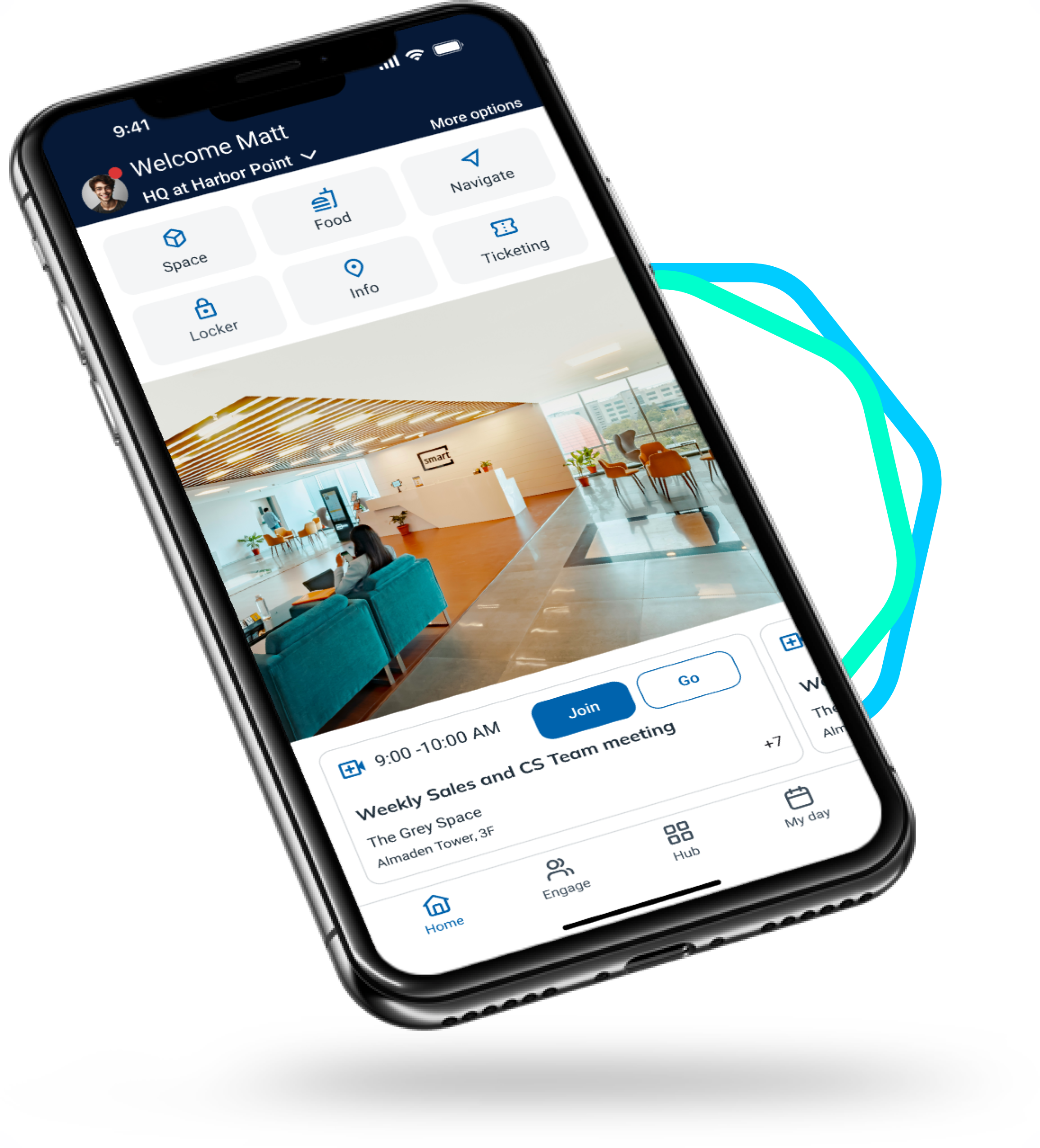5 Data Signals Workplace Experience Leaders Should Track Today
November 24, 2025 CXAI Team
The return-to-office (RTO) mandate hasn’t only brought employees back to physical workplaces but also altered how leaders evaluate workplace success. However, the focus has shifted from “who shows up?” to “what actually happens when they do?”
Workplace experience leaders can’t rely solely on instinct to identify what's going wrong beneath the surface. To keep employees motivated, they need to use data to spot issues early on.
Here are five critical signals to monitor, and how they align with modern workplace tools like CXAI.
1. Space Utilization
Many organizations monitor badge swipes, but few compare that data to real space usage. Are meeting rooms booked but left empty? Are desks overcrowded while other areas sit unused?
By comparing attendance data with space utilization, you can identify inefficiencies that waste time and impact employee morale.
For example, many companies face “room wars,” in which underused meeting rooms go unnoticed in scheduling systems, leading to conflicts over available space.
JLL’s 2025 Occupancy Planning Benchmark Report highlights that although many organizations collect utilization data, only 7% consider their data capabilities to be excellent. When spaces are used effectively, employees spend less time searching for rooms and more time collaborating, which directly boosts operational efficiency.
With CXAI, workplace leaders can close that visibility gap. A perfect example is when we helped a renowned American cloud computing company uncover utilization insights. Data revealed that out of over 130,000 desk bookings by 3,000+ employees, only 65% were utilized, with the rest auto-released (18%), cancelled (15%), or pending (3%).
This revealed clear opportunities to reduce underutilization and better align space planning with real employee behavior.

2. Collaboration Density
When teams are physically present in the office but don't connect in the same spaces at the same time, in-office days can become routine rather than beneficial.
This lack of meaningful interaction can reduce the potential for innovation and problem-solving that commonly come from spontaneous conversations and collaborative efforts. To maximize collaboration and, in turn, team productivity, using tools like colleague-finding, flexible seating, and effective scheduling can greatly increase overlap time.
By creating an environment where teams can easily gather, organizations can unlock the full potential of their in-office work, fostering greater creativity and efficiency.
.webp?width=370&height=370&name=Copy%20of%20Platform%20%20Features%20%20Find%20a%20Colleague%20(12).webp)

3. Service Requests
Workplace friction often hides in everyday moments—from a broken coffee machine to a double-booked meeting room to a delayed IT fix.
While individually minor, these issues add up to a significant operational drag. When combined, these micro-breakdowns create operational pain points that quietly drain productivity and morale.
Monitoring and resolving these issues can improve employee experience. Through self-service workflows, intuitive booking tools, and AI-powered assistance, organizations can transform these problems into efficiencies.
Each resolved issue equates to a productivity gain. When employees can book, request, and track services or amenities seamlessly, time lost to logistics turns into time spent on meaningful work.
Leveraging CXAI's capabilities, a global investment management firm streamlined its service request process, transforming fragmented, multi-step workflows into an intuitive, visual system.
The change not only reduced resolution times but also gave teams real-time visibility into workplace issues, improving both speed and satisfaction.

4. Navigation Patterns
Beyond requests and repairs, the way people move through the workplace offers another powerful signal. These navigation patterns show how employees travel between spaces and use wayfinding tools to reach specific areas, buildings, and floors, helping make the workplace experience more intuitive and efficient.
By studying these patterns, workplace leaders can uncover how physical environments influence collaboration and engagement.
This is what a leading global technology company achieved when they partnered with CXAI. Insights showed that over 80% of activity centered on availability maps, helping employees find open spaces and move efficiently. Live and colleague maps supported real-time coordination, enabling smoother navigation and stronger day-to-day connection.

5. Sentiment & Feedback Signals
Space and systems tell one story. People tell another. While utilization and service data reveal how the workplace performs functionally, sentiment data shows how employees feel about it, which provides a crucial input for improving the RTO experience.
Employee engagement and sentiment tracking go beyond traditional surveys. Forward-thinking organizations now collect continuous feedback through pulse checks, digital interactions, and collaboration patterns, helping leaders identify early signs of burnout, disengagement, or frustration before they spread across teams.
The impact is tangible. Gallup’s research shows that only 32% of U.S. employees are fully engaged, resulting in approximately $2 trillion in lost productivity annually.
When sentiment trends decline even as attendance rises, it shows that employees are following rules but not truly engaging. That’s why workplace experience leaders should treat sentiment as a key part of building spaces where people feel valued, connected, and motivated to do their best work
.png?width=520&height=520&name=Platform%20%20Features%20%20%20Internal%20Communications%20(12).png)
From Signal to Action: CXAI Connecting the Dots
The future of workplace management lies in visibility. It involves not only where people are but also how they work, connect, and create value.
When organizations can see and respond to signals across space, sentiment, and performance, they move beyond enforcing attendance to truly enabling excellence.
CXAI unifies these workplace signals into a single layer, empowering leaders to uncover friction, optimize performance, and design experiences that keep employees engaged and productive.
We’ve helped global enterprises create smarter, more connected workplaces, and we can help you do the same.
Let’s shape the future of work together. Book a demo to learn more https://cxapp.com/request-demo

.png)

.png)






